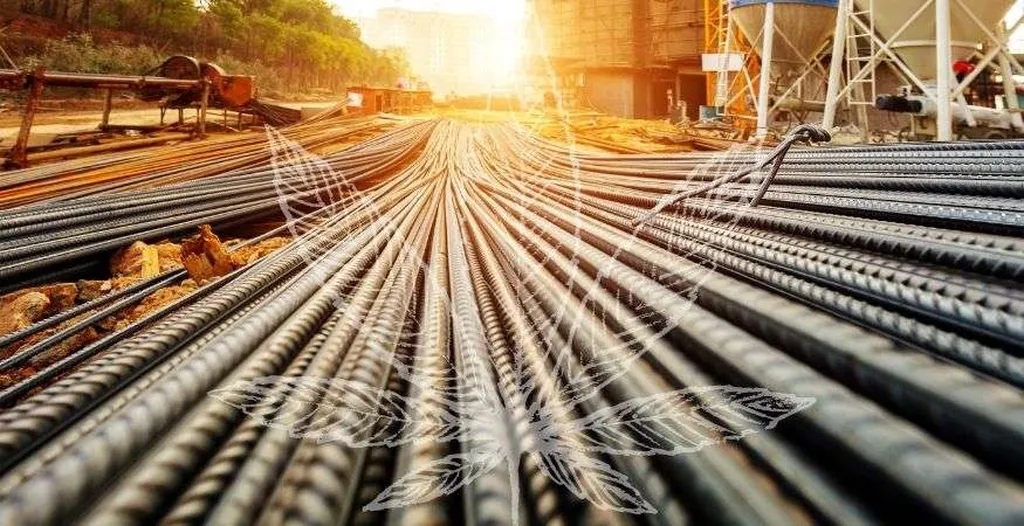In the quest for sustainable construction materials, a groundbreaking study led by Thomas Cadenazzi, Ph.D., Assistant Professor at Frostburg State University, is making waves. Published in the *Journal of Sustainable Construction Materials and Technologies* (translated as *Journal of Sustainable Building Materials and Technologies*), Cadenazzi’s research explores the potential of Hemp Fiber-Reinforced Polymer (HFRP) rebars as a green alternative to traditional concrete reinforcement materials.
Concrete is the world’s most widely used construction material, but its reinforcement often relies on carbon-intensive materials like steel or glass fiber-reinforced polymers (GFRP). Cadenazzi’s study introduces HFRP rebars, which promise to reduce the environmental footprint of concrete structures. “The idea is to leverage the natural properties of hemp fibers to create a reinforcement material that is not only sustainable but also performs comparably to conventional options,” Cadenazzi explains.
The research conducted a virtual tensile test on a modeled M19 HFRP rebar using Autodesk’s Fusion 360 software. The results were promising: HFRP rebars demonstrated tensile strength comparable to Carbon Steel (CS) 235 and showed greater environmental sustainability than GFRP. While there was a slight reduction in stiffness, the study suggests that HFRP rebars are suitable for applications requiring moderate strength and durability.
One of the most intriguing aspects of this research is its potential to revolutionize the energy sector. Buildings account for a significant portion of global energy consumption and carbon emissions. By adopting HFRP rebars, the construction industry could take a significant step towards carbon-neutral buildings. “This innovation could be a game-changer for sustainable construction, particularly in the energy sector where reducing carbon footprints is a priority,” Cadenazzi notes.
The study also explores the potential of integrating graphene fibers to enhance the mechanical properties of HFRP rebars, highlighting their adaptability and future-proofing. However, Cadenazzi emphasizes the need for further research, including large-scale production trials and rigorous laboratory testing, to fully validate HFRP rebars for broader infrastructure applications.
The commercial implications are substantial. As the demand for sustainable construction materials grows, HFRP rebars could become a key player in the market. Their lightweight nature, eco-friendliness, and cost-effectiveness make them an attractive option for developers and engineers alike.
This research not only advances our understanding of sustainable construction materials but also opens up new possibilities for the energy sector. As Cadenazzi’s work gains traction, it could pave the way for a greener, more sustainable future in construction and beyond. The journey towards carbon-neutral buildings has just taken a significant step forward, thanks to the innovative work of Thomas Cadenazzi and his team.

